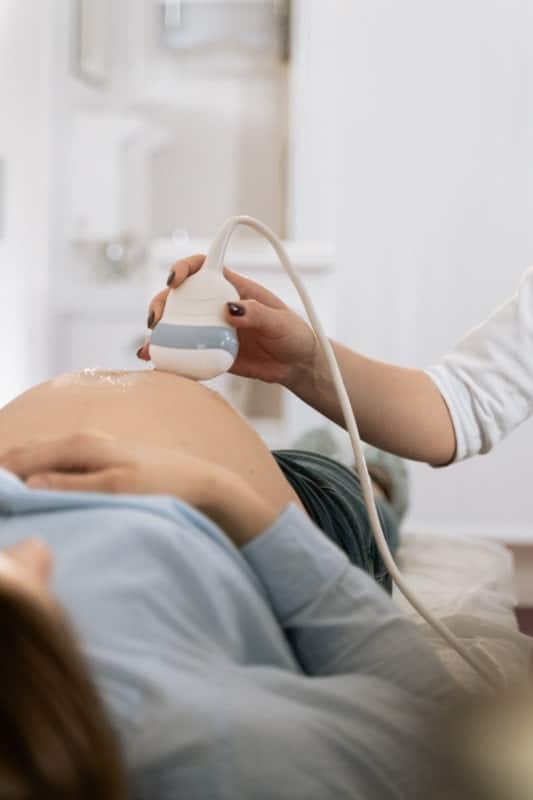Chronic bloating. Lower back pain. Fatigue that lingers even after rest. These are symptoms […]

This is when your placenta is near to (<2cm away), or covers part of/all of the cervix (neck of womb). Although common in early pregnancy, in most cases the placenta moves up and away from the cervix as the pregnancy progresses and the uterus grows.
It is most commonly first diagnosed during your fetal anomaly scan at 20-22 weeks. If this is found, you will need a repeat ultrasound at 32 weeks to check your placental location. Both transabdominal and transvaginal scans may be needed to check the placenta location and its distance from the cervix. Only 1 in 200 women who had a placenta previa at their fetal anomaly scan will still have it at the end of their pregnancy.
For women with previous caesarean sections, the chance of their placenta moving up and away from the cervix as the pregnancy progresses is lower. A proportion of these women who may have placenta accreta. This is a condition where the placenta grows into, and is very stuck to, the muscle of the uterus. If your ultrasound scan shows features suspicious of placenta accreta, you may be asked to go for an MRI for further checks. Women with placenta accreta will need a caesarean delivery, have a higher chance of heavy bleeding after birth and injury to surrounding organs (e.g. bladder) during the operation and in some cases may require a life-saving hysterectomy (removal of the womb) to stop bleeding.
There is a risk of bleeding during your pregnancy due to your low-lying placenta/ placenta previa. This can range from light to heavy bleeding, and is usually painless. You will be asked to avoid sex, and to contact your gynaecologist and go to the Emergency Department in the event of any contractions, abdominal pain or vaginal bleeding. You are also at higher risk of more blood loss at the time of delivery – you should thus include sufficient iron in your diet to ensure you are not anaemic (low blood count).
You are also at a higher risk of premature delivery.
Due to the proximity to the cervix, women with low-lying placenta/ placenta previa will not be able to have normal vaginal deliveries and will need to be delivered through a caesarean section. This generally takes place from 37 weeks (depending on whether you have any history of bleeding earlier during your pregnancy), and you may need a course of steroid injections to help your baby’s lungs to mature.
Chronic bloating. Lower back pain. Fatigue that lingers even after rest. These are symptoms […]
Many women live with Polycystic Ovary Syndrome (PCOS) without realising fact from fiction. This […]
Within the realm of women’s health, the terms “fibroids” and “cysts” are often mentioned […]





Aster Gynaecology © | All Rights Reserved.